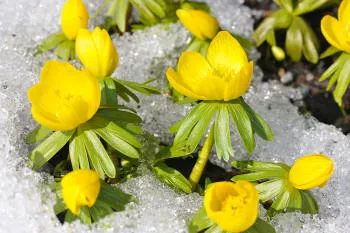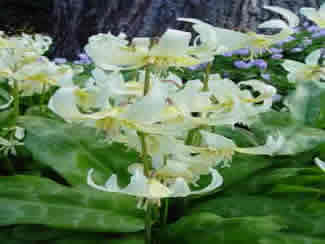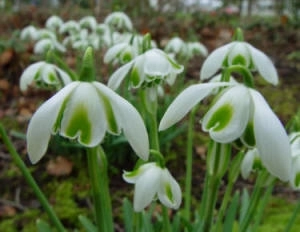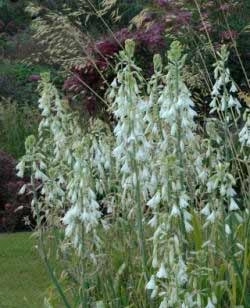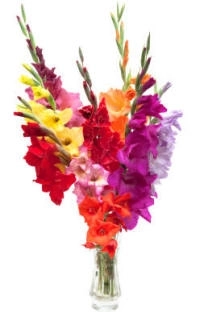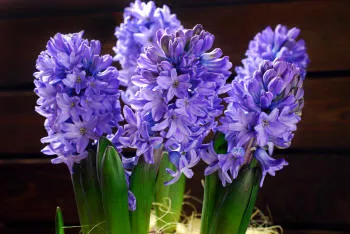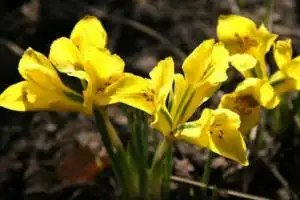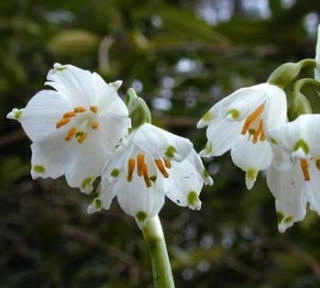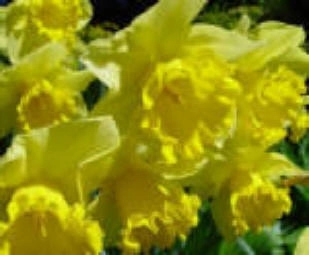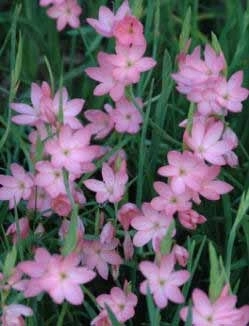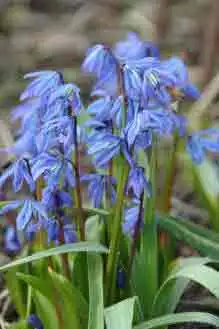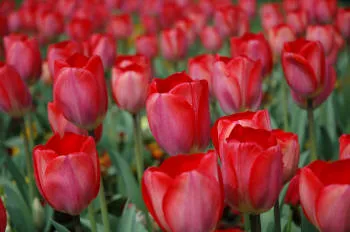Zantedeschia - The Arum Lily which now it has been hybridized, is available in a multitude of colours other than the pure white original. We distinguish between the two basic types of hardy and tender. The hardy types are normally referred to as Arum Lilies, whilst the tender varieties - which can still be planted outdoors for the summer - are grouped as Calla Lilies.
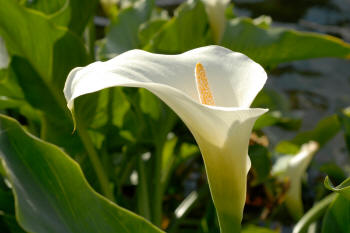
Arum Lilies grow from tuberous roots or rhizomes, and the two main types of Zantedeschia aethiopica and varieties, together with Zantedeschia pentlandii and cultivars are the hardiest – being classed as bulbous perennials. They have erect or semi-erect stems of flowers and foliage. The flowers of the Arum Lily are the main attraction, but the leaves are also we worth considering for any planting scheme where Zantedeschias can be suitable grown.
The Zantedeschia aethiopica types are reliably evergreen only in the mildest of areas. Even then the foliage may be blackened by a mild frost. Z. pentlandii is not normally evergreen, but dies down for winter and re-emerges in early spring.
Spring and summer flowering with white, cream or yellow erect open trumpet flowers on the two types herein mentioned. There are many other colours available, but normally with a lesser degree of hardiness. Most of the coloured varieties are referred to as Calla Lilies; though of the same family Zantedeschia.
